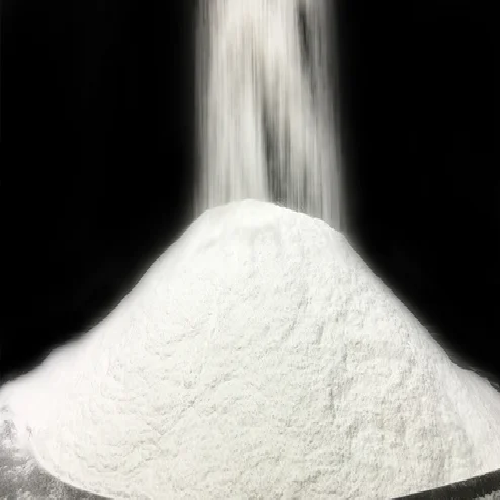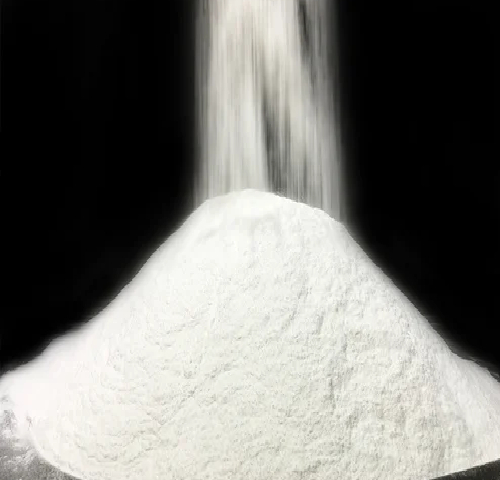Understanding the Differences Between Dolomite Powder and Limestone Powder
June 12, 2023What companies use calcium carbonate?
June 26, 2023
Introduction:
Talc powder and talcum powder are terms often used interchangeably to describe the same product. However, as a leading manufacturer and Supplier of Talc Powder, Mewar Microns aims to clarify any confusion surrounding these terms. In this blog post, we will explore the subtle differences, if any, between talc powder and talcum powder and shed light on their common uses and properties.
Definition and Composition
Talc powder and talcum powder refer to finely ground talc, a naturally occurring mineral known for its softness and moisture-absorbing properties. Talc is primarily composed of magnesium, silicon, and oxygen. The terms "talc powder" and "talcum powder" are essentially synonymous and describe the same product.
Manufacturing Process
The manufacturing process of talc powder and talcum powder is identical. It involves mining, crushing, grinding, and refining talc to obtain a fine powder with consistent particle size. Mewar Microns employs meticulous procedures to ensure the final product retains its natural properties, purity, and high quality.
Why is Talc Powder Considered as a Necessary Component?
Talc powder has gained significant importance as a necessary raw material in various industries due to its unique properties and versatile applications. Let's explore why this mineral has become indispensable in these industries.
Cosmetics and Personal Care Industry:It is a crucial ingredient in cosmetics and personal care products. Its soft and silky texture makes it an ideal component in products such as face powders, body powders, baby powders, etc. It provides a smooth and matte finish, absorbs moisture, and reduces friction, making it valuable for enhancing the sensory experience and comfort of these products.
Pharmaceutical Industry: In the pharmaceutical industry, it serves multiple purposes. It is widely used as an excipient, a substance added to drugs to improve their formulation and delivery. Its lubricating and anti-stick properties aid in the production of tablets, allowing for easy tablet formation and preventing sticking during manufacturing. It is also used in topical ointments and creams to provide smooth application and enhance absorption.
Ceramic and Paint Industries:It is extensively employed in the ceramic industry. Its high melting point and low thermal expansion properties make it an excellent additive in ceramic glazes, enabling the creation of glossy finishes and improving the resistance to cracking. It is also used as a filler in ceramic bodies to enhance workability and improve the firing characteristics. Similarly, in the paint industry, talc powder is utilized as a filler and extender. It enhances paint flow, improves opacity, and contributes to the smoothness of the final coating. It also acts as a matting agent in paints, providing a desirable matte finish.
Plastics and Rubber Industry:The plastics and rubber industry widely incorporates this mineral due to its reinforcing and anti-blocking properties. It is added to plastics and rubber compounds to improve dimensional stability, stiffness, and impact resistance. It also serves as an anti-blocking agent, preventing the sticking of plastic film surfaces.
Paper and Coating Industry:In the paper and coating industry, it finds applications as a filler and coating pigment. It enhances the opacity, brightness, and smoothness of paper products. Its platy structure contributes to the paper's smooth surface and reduces ink penetration, improving the print quality. In coatings, it acts as a functional pigment, providing excellent coverage and adhesion properties.
Agriculture and Animal Feed Industry:It is used in agriculture as a carrier for pesticides and fertilizers. It helps in the controlled release and even distribution of these substances, improving their efficacy. It is also added to animal feed to prevent caking and improve flowability.
Other Industries:It has further applications in industries such as rubber, adhesives, welding rods, textile, ceramics, and more. It is utilized as a lubricant, release agent, and anti-caking agent in these sectors.
Conclusion
In conclusion, talc powder and talcum powder are essentially the same product, with no significant differences between them. Both terms describe finely ground talc, a mineral renowned for its softness and moisture-absorbing properties. Talc powder finds extensive use in various industries, including ceramics, paints, coatings, plastics, rubber, and paper, as well as in pharmaceuticals, cosmetics, and personal care products. As a leading manufacturer we are committed to providing high-quality talc powder products that meet industry standards and safety requirements.
By clarifying the similarities between talc powder and talcum powder, we aim to provide accurate information and dispel any confusion surrounding these terms. With a commitment to delivering the highest quality talc powder products, Mewar Microns remains dedicated to meeting the diverse needs of its customers across various industries.




